Guerre des Rêves
BarcelonaGalleryWeekend2022, Suburbia Contemporary, Calle de València, 345, 08009 Barcelona.
15 - 18 September 2022

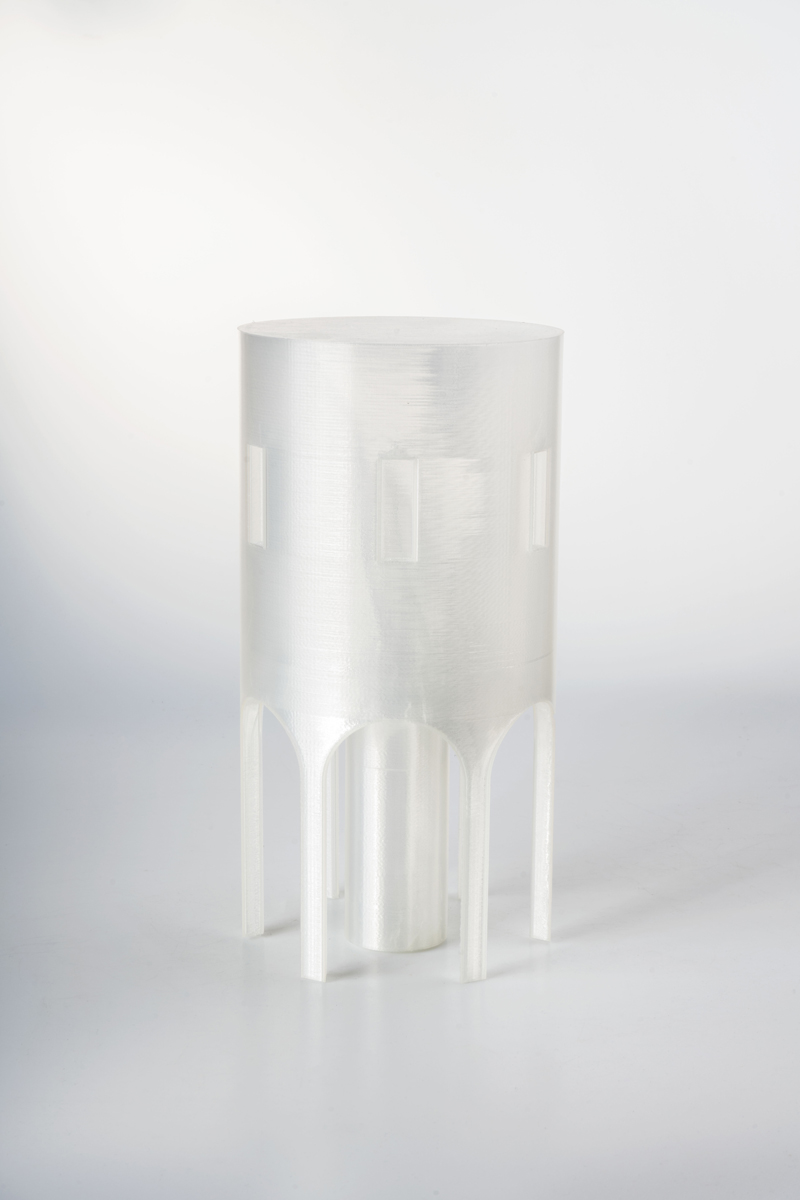
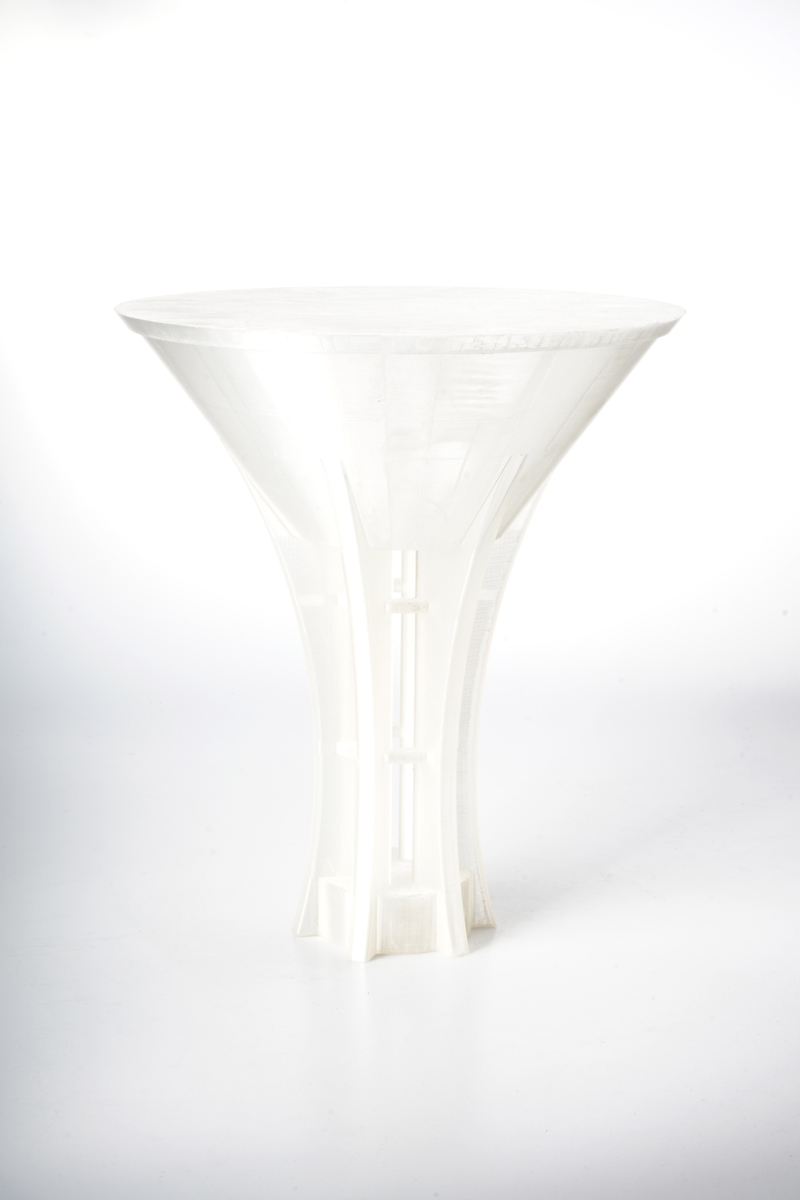

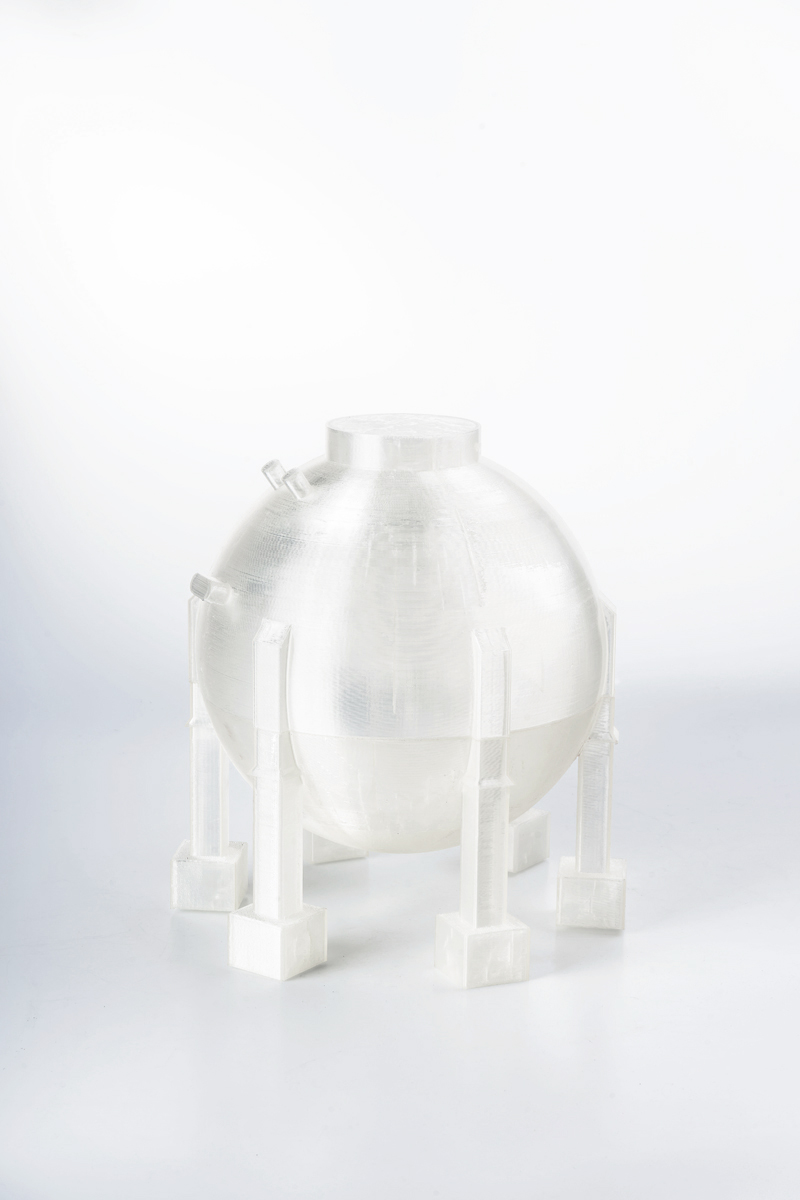
During lockdown I went for long walks up and down the hillsides that surround the centre of Florence. I realized that I no longer wanted to take photos to record my findings, since photography is flat and I was spending most of my time working online, staring at a flat screen all day. So I began using an ancient technique, making casts, a technique used since Mediaeval times, to record the features of the dead. Casting for me represents the principle of photography, since it was used to document the times people lived in. It is the base of photographic documentation.
My wanderings took me to little known areas of unexplored beauty and between Porta Romana and Forte Belvedere I discovered the Tivoli Garden, a part of unknown Florence, hidden in plain sight.
Towards the end of the nineteenth century when Florence was capital of Italy under Vittorio Emanuele the second, the king created a pleasure garden like the one in Copenhagen. He wanted to walk to it through the Boboli Gardens from his residence in Palazzo Pitti. And so the Tivoli Garden was created. It only lasted a few years because the king moved the capital to Rome and the garden was dismantled. But remnants of it remain: buildings in Nordic and middle-European styles.




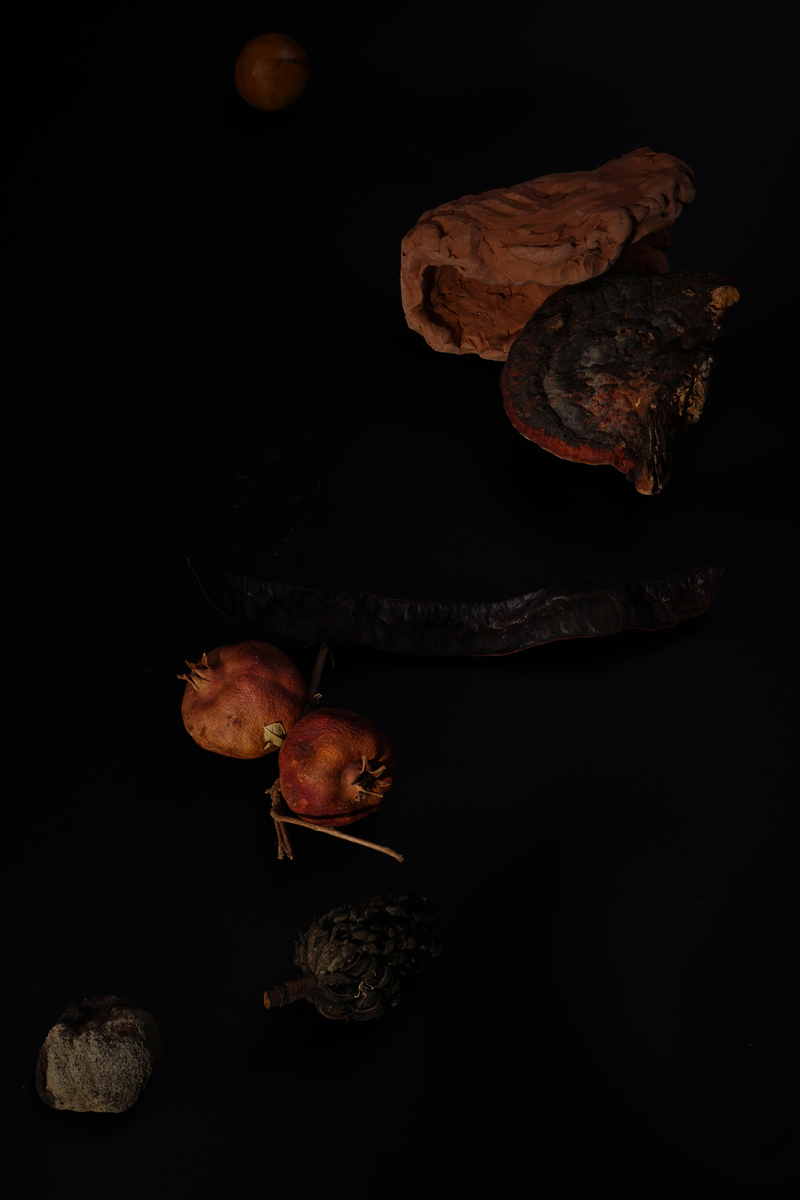
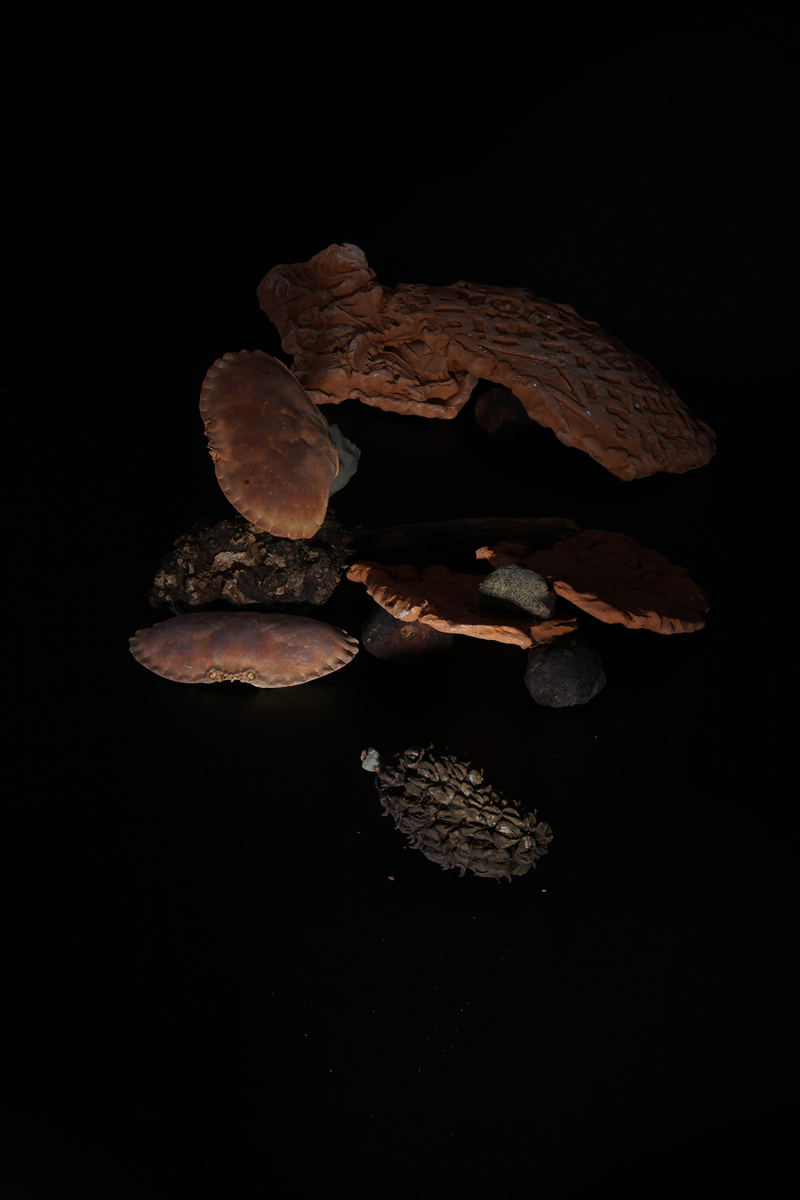


I was struck by the irony of the brief existence and disappearance of a part of Florence, in a city where preservation of antiquity at all costs is the order of the day. I was drawn in by this non-existent fantastic garden of wonders right beside the historical Boboli Gardens and I began to cast objects using damp clay. During the journey home in my rucksack the castings became distorted. The distortion of my casts brings to mind the idea of temporary nature of time and space and the way that time distorts memory.


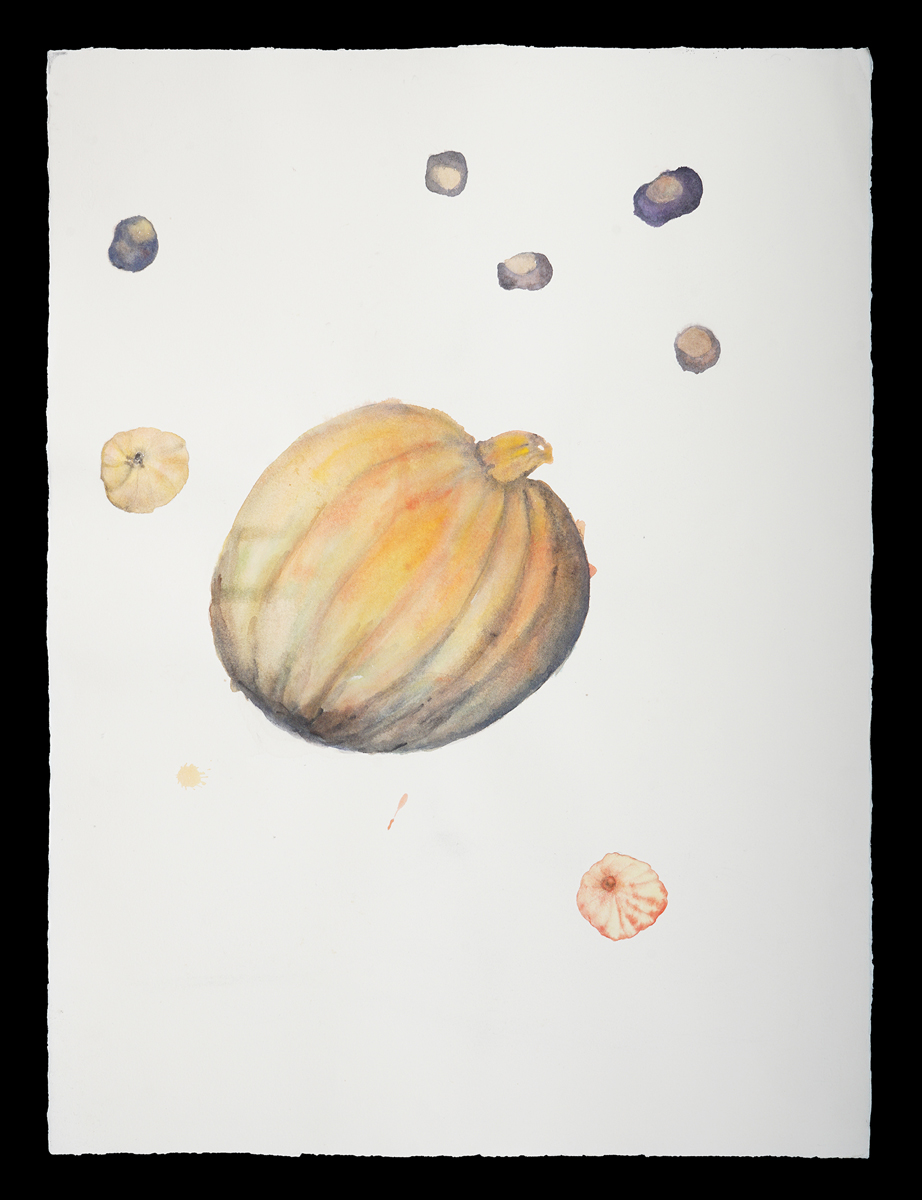
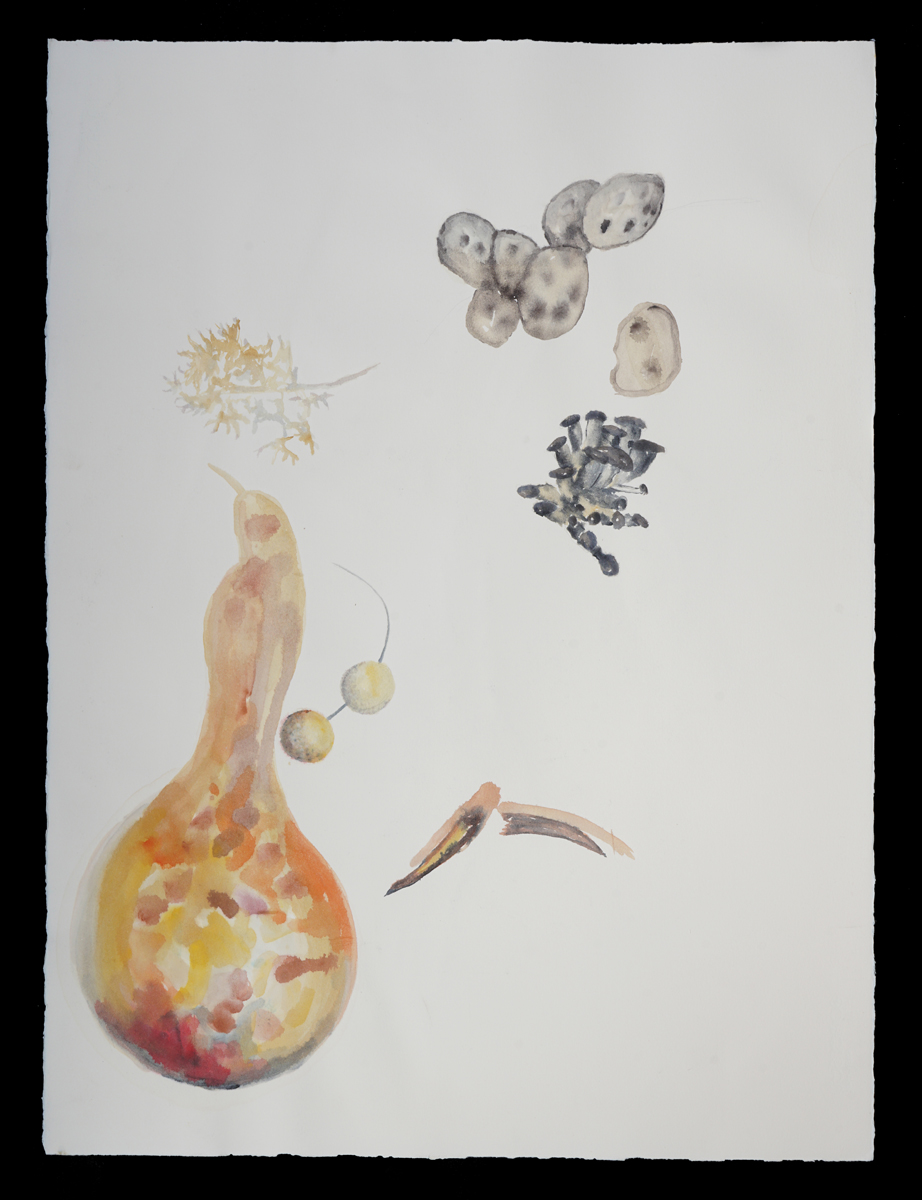
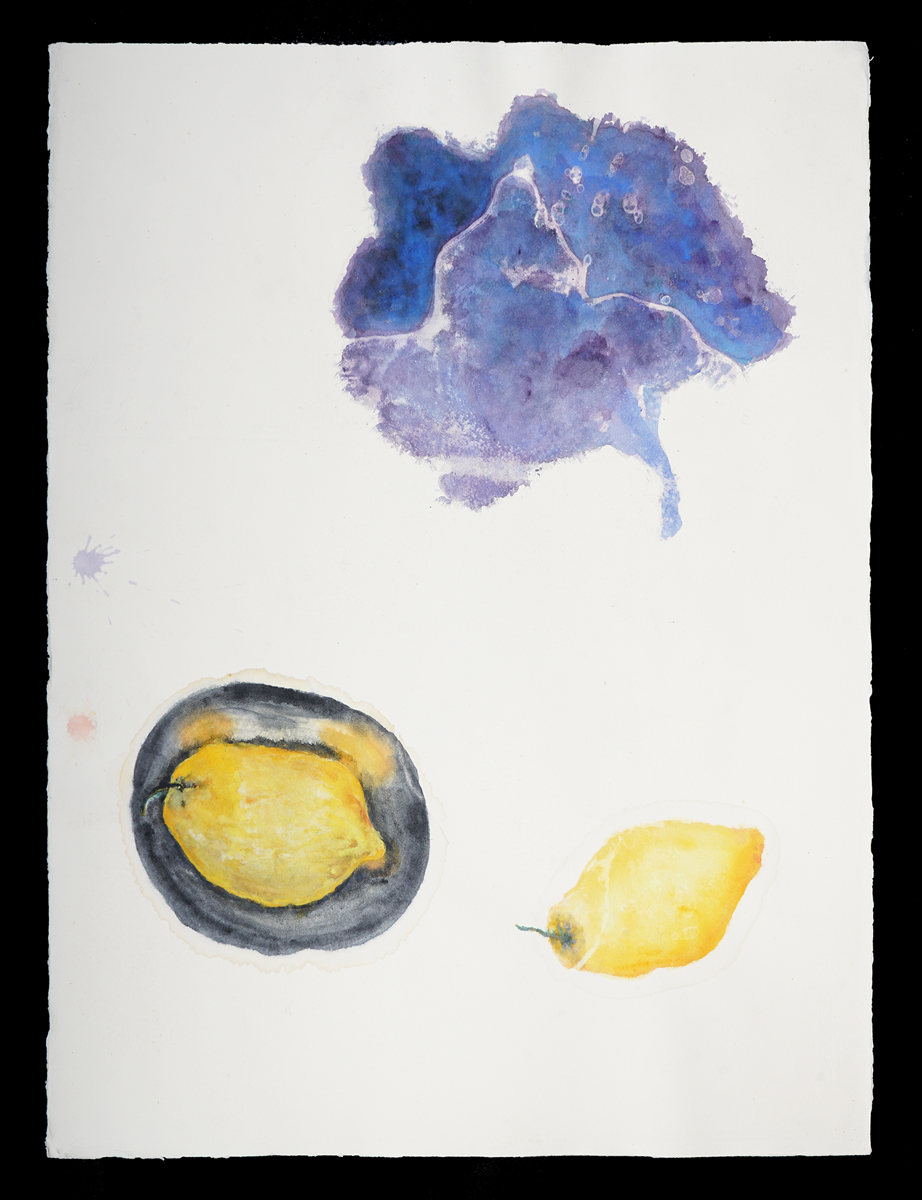


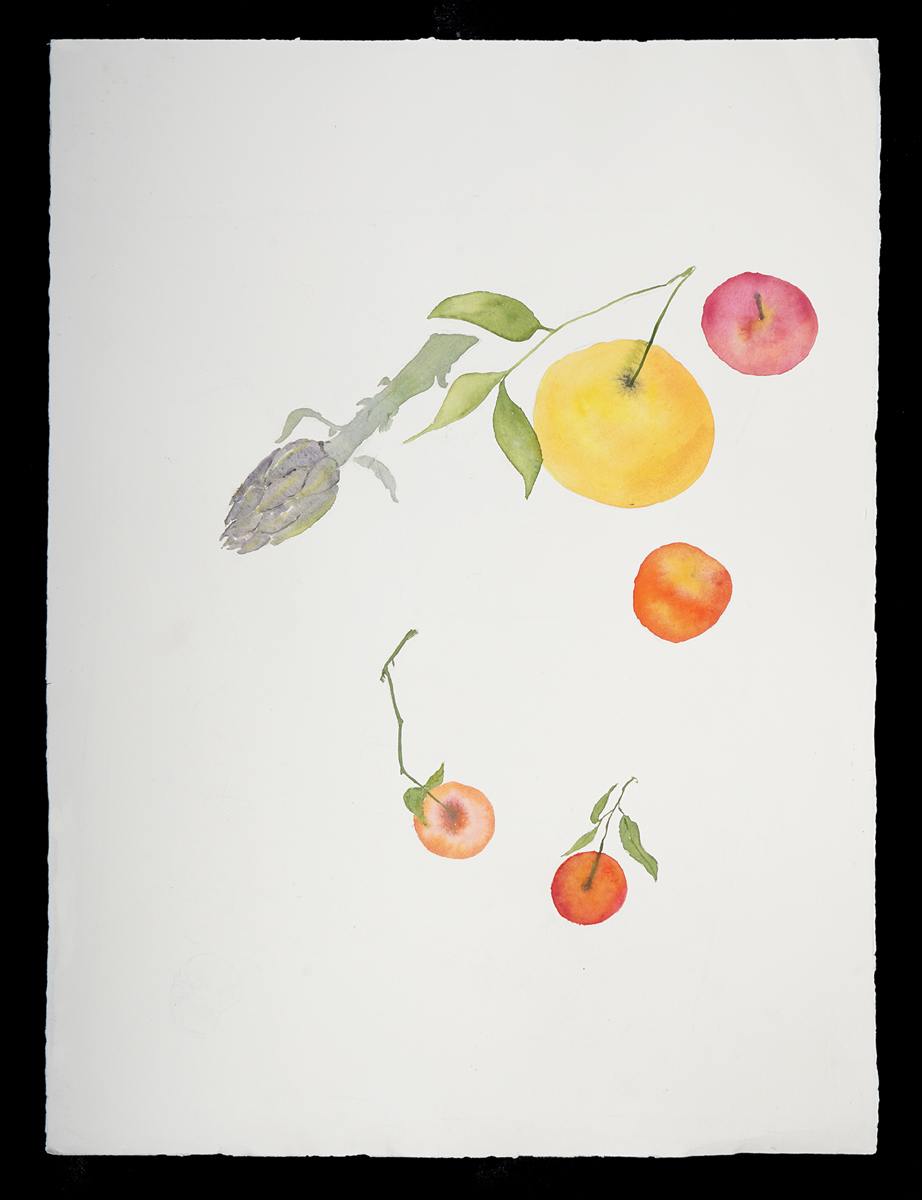
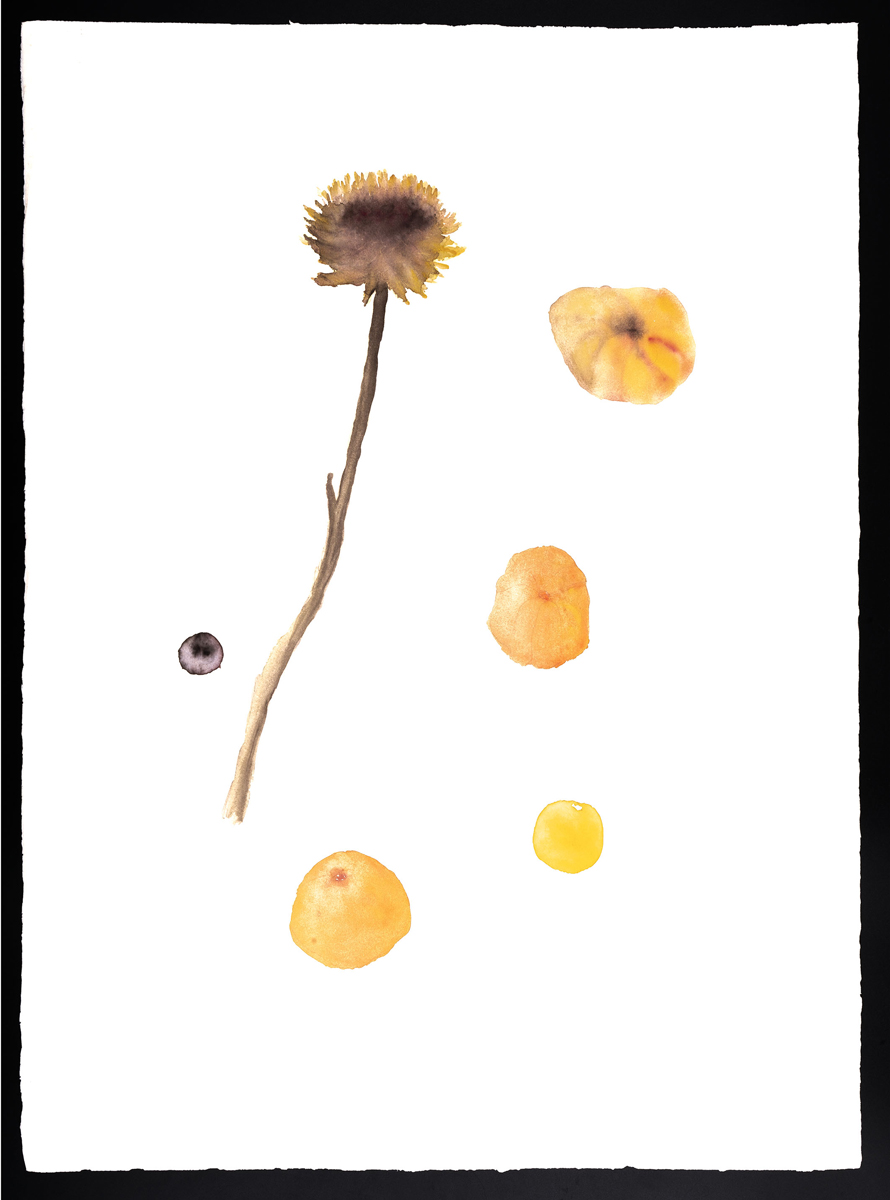
I made a video of some of the classical Greek and Roman busts in the Boboli Garden. In the background I recorded the voice which echoes round the gardens at closing time, telling people to leave in many different languages. It is as though the Boboli Gardens are disappearing and the statues are protecting the entrance of the imaginary Tivoli Gardens.
I took photos of the same classical busts, deleting the bases under the statues, so that they appear to float in the vegetation, already introducing the idea of the disappearing Tivoli garden.
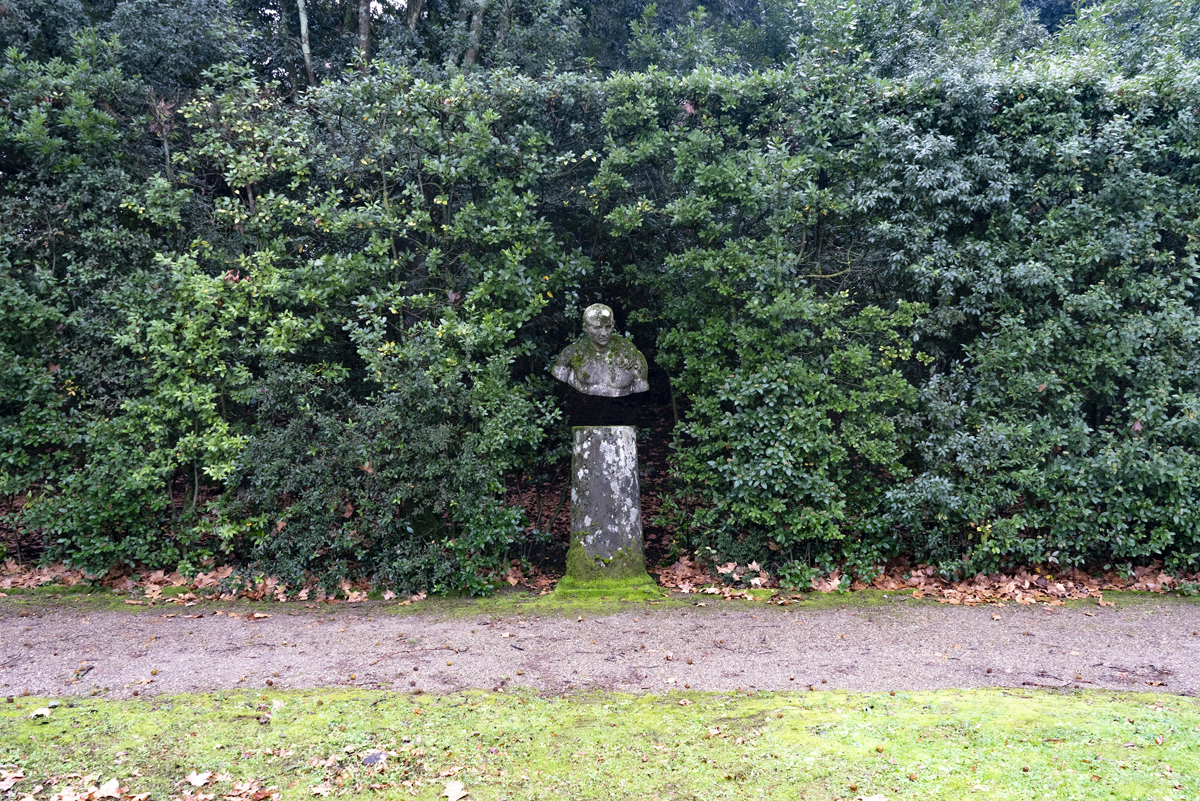
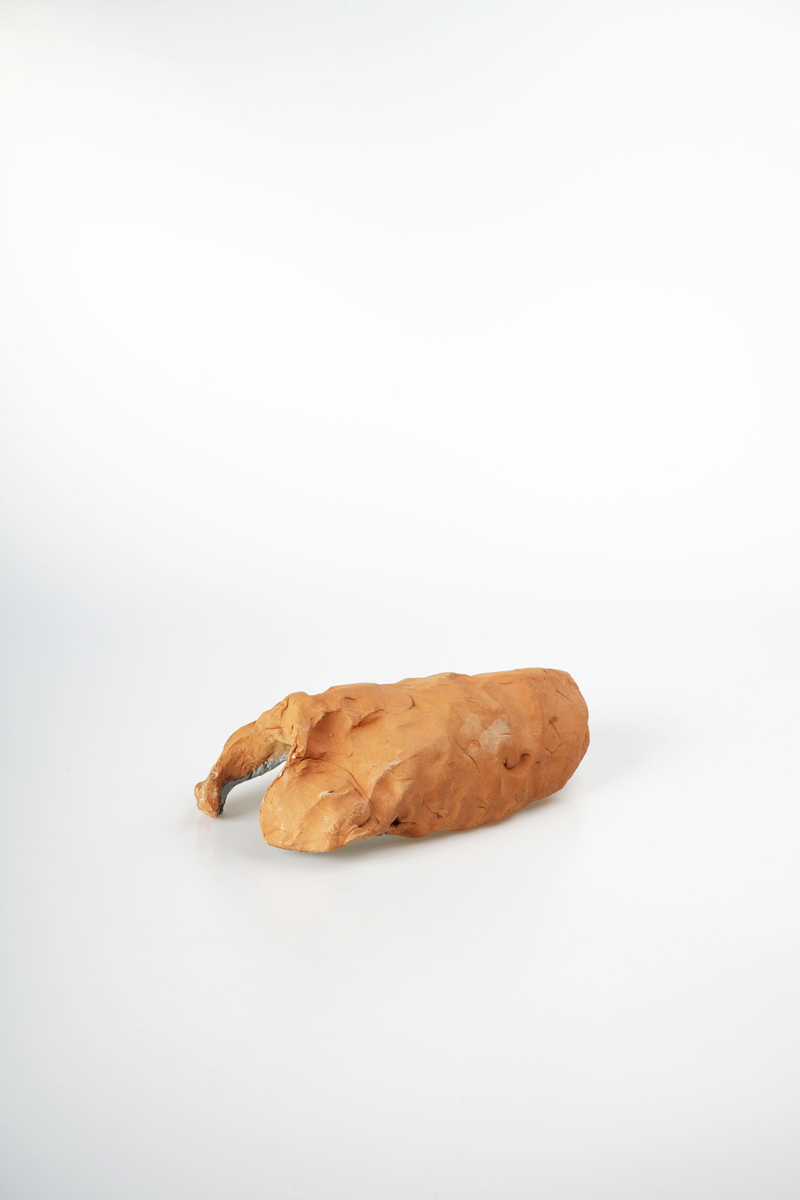
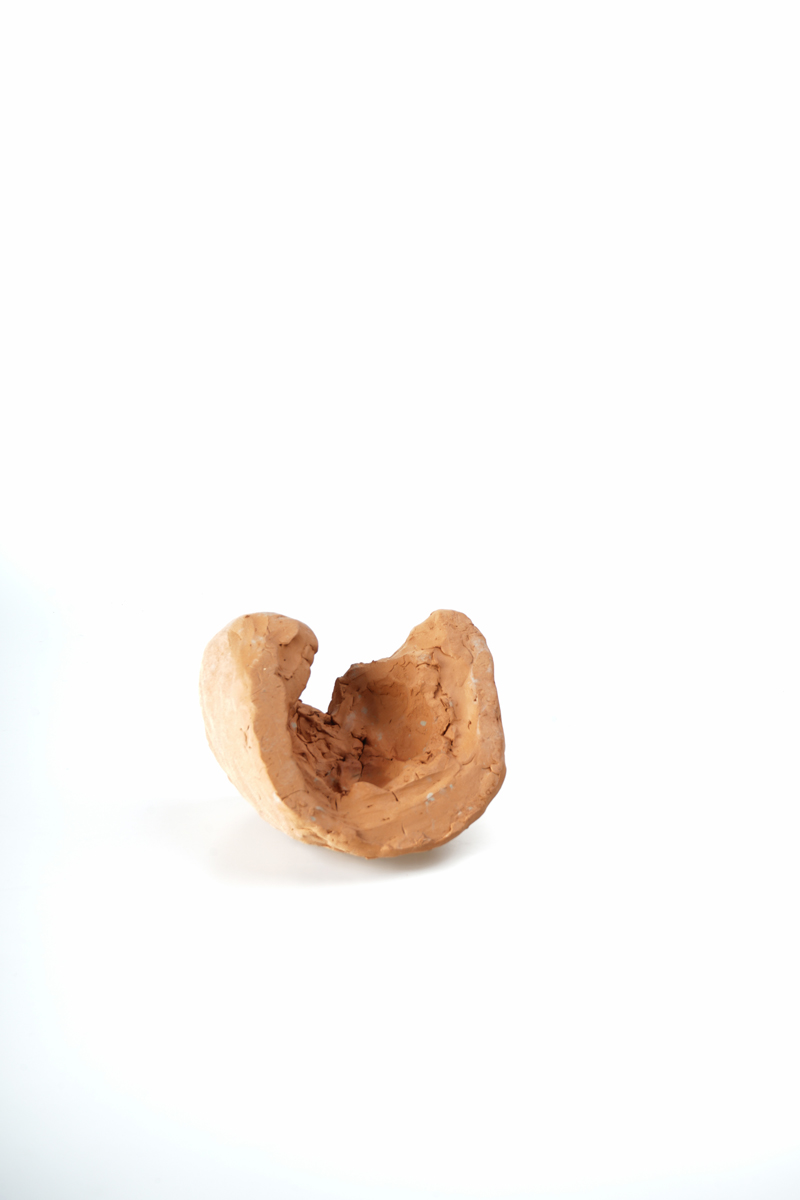




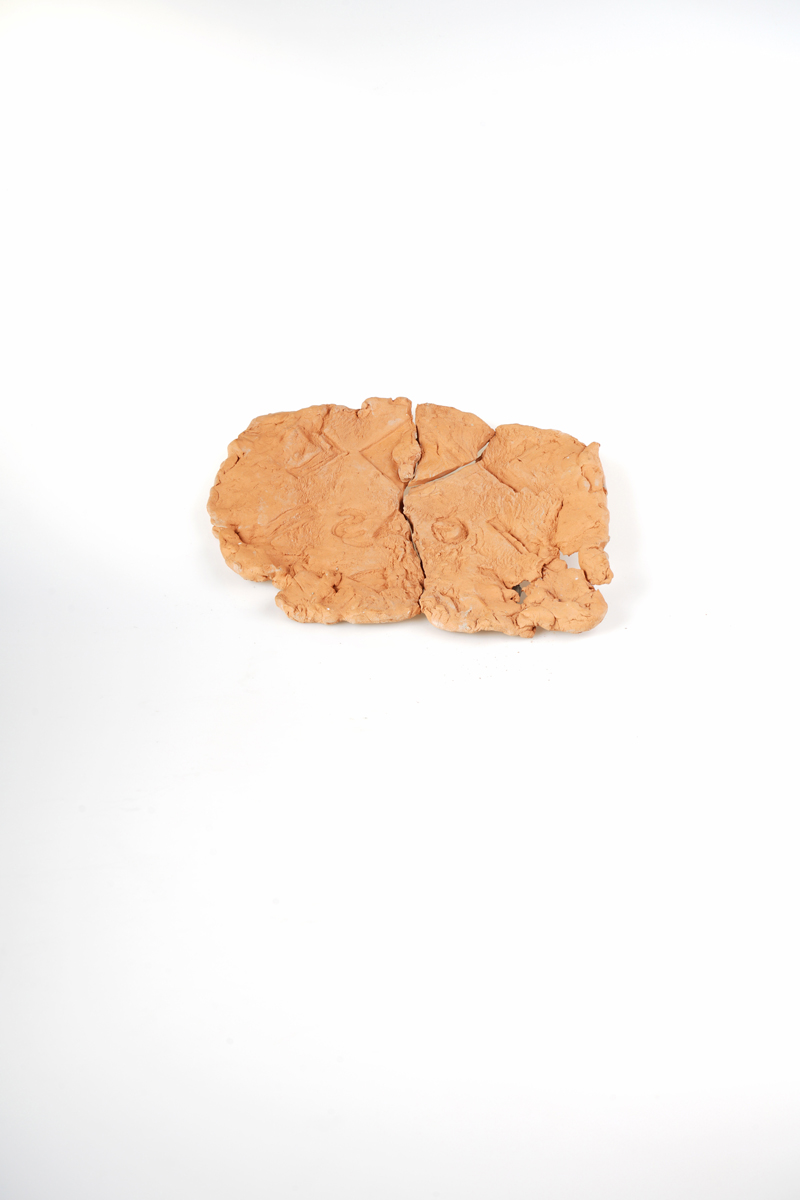


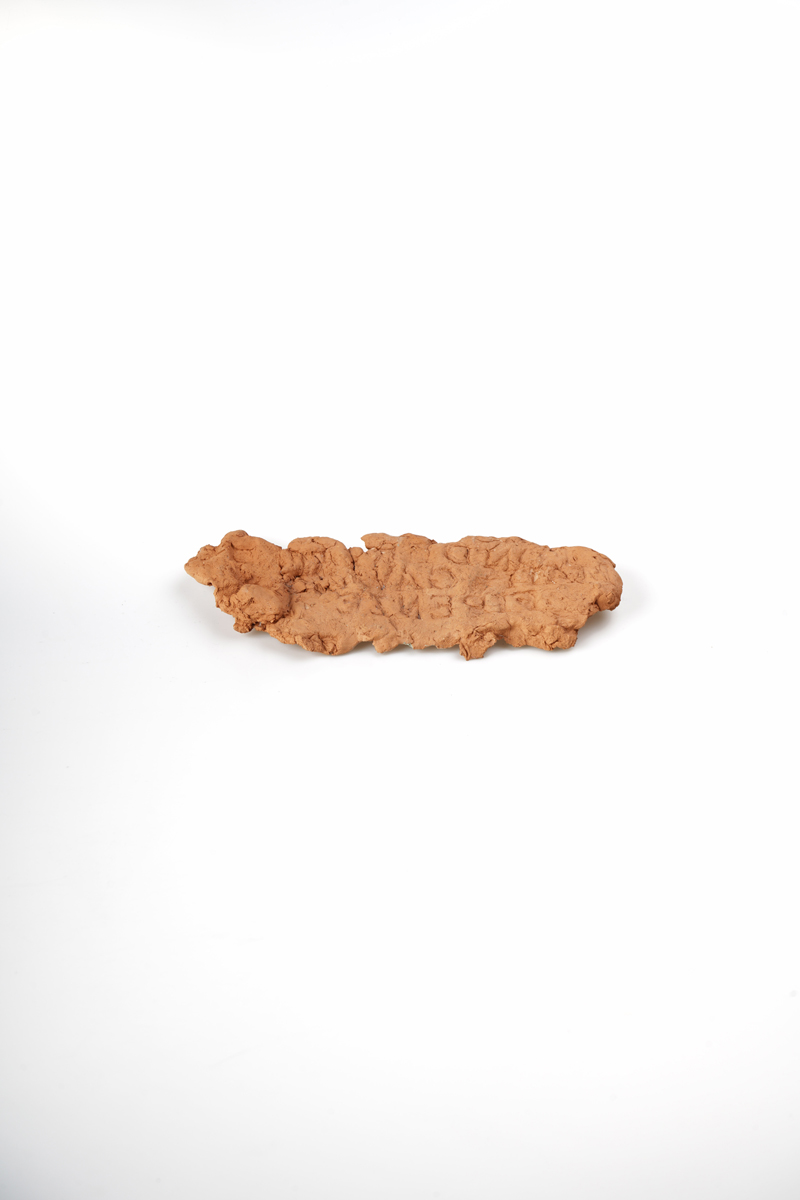


Super Summer Extra Pomeriggio, curated by Stefano Giuri, at TOAST Project Space, Firenze.
29 January - 25 March 2020
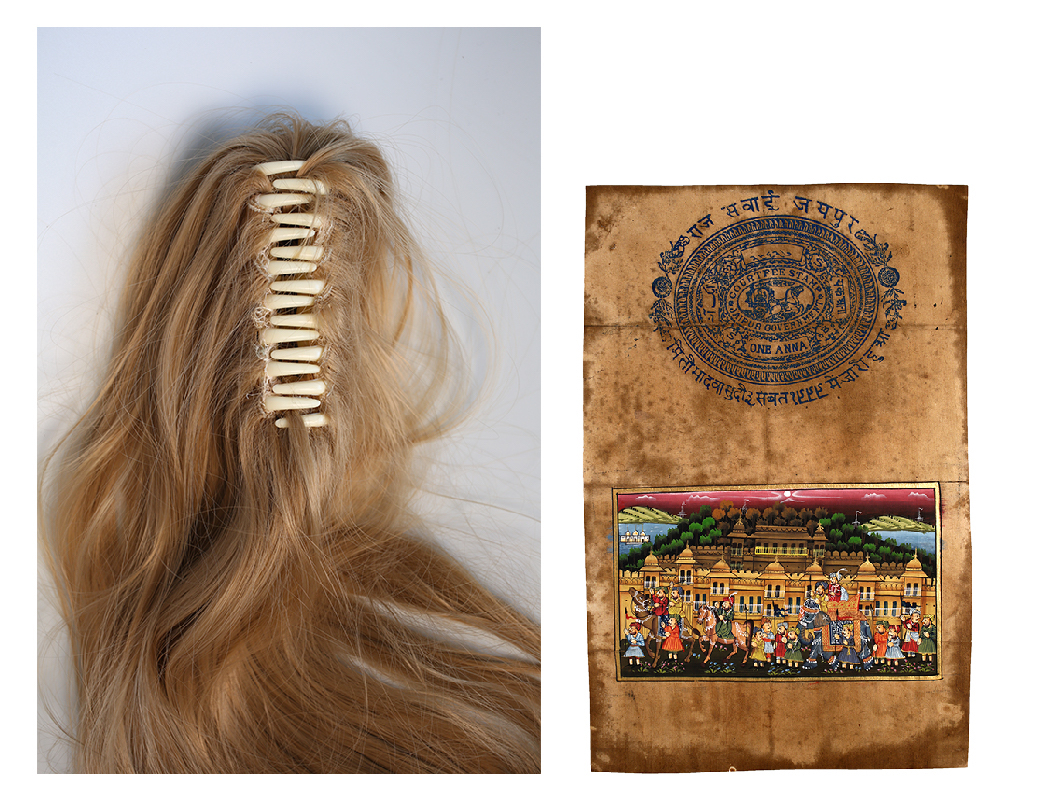
Now this little picture, wrapped in horsehair like a relic, provides us with a glimpse into this long lost period. The horse swishes his tail back and forth to brush off the flies that annoy him. Innumerable truths are reflected in the head and body of the beast in a game no one can respond to.
Watch the performance
Curated by Mike Watson, Kulttuuritalo Valve, Oulu, Finland.
23 August 2019
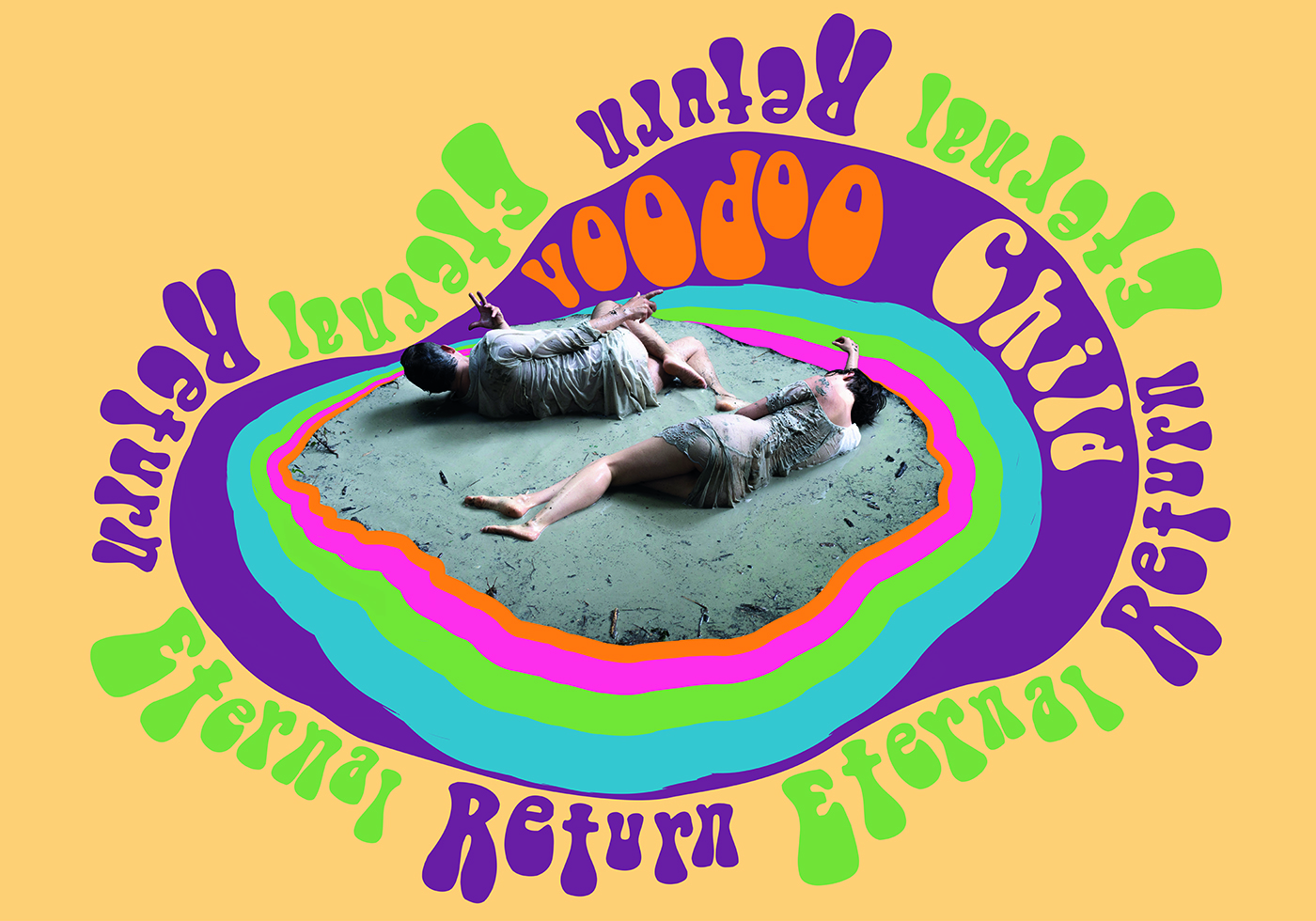
Voodoo Child (Eternal Return) revisits the empty stage of the Woodstock Festival of 1969 via an audio, visual and physical performance retracing the generational cycle of hope, excess, and subsequent failure that accompanies the festival, the rave, the carnival. The movement of the performers and accompanying electronic/vj set signals resistance in the face of the inevitability of failure as each night, each party and each generational epoch must deal with the demands of everyday life and realpolitik.
The performance focuses on the sense of hope and the subsequent sense of failure that accompanies the festival, the rave, the carnival. This sense of hope passes with each grand event and again in a bigger sense with the passing of each generation.
We can see a similar process of hope fading in the dream of the internet as a medium that we once felt would foster worldwide democracy, and in its later appropriation as a space of self promotion, obscure creativity and criminal organisation.
Artists: Robert Pettena (visual artist) presents the 3rd collaboration with Ignazio Giordano (live VJ set), Francesca Sandroni Francesca Sandroni (live electronic music), Valeria Rugi (performer).
Pictures from the public:
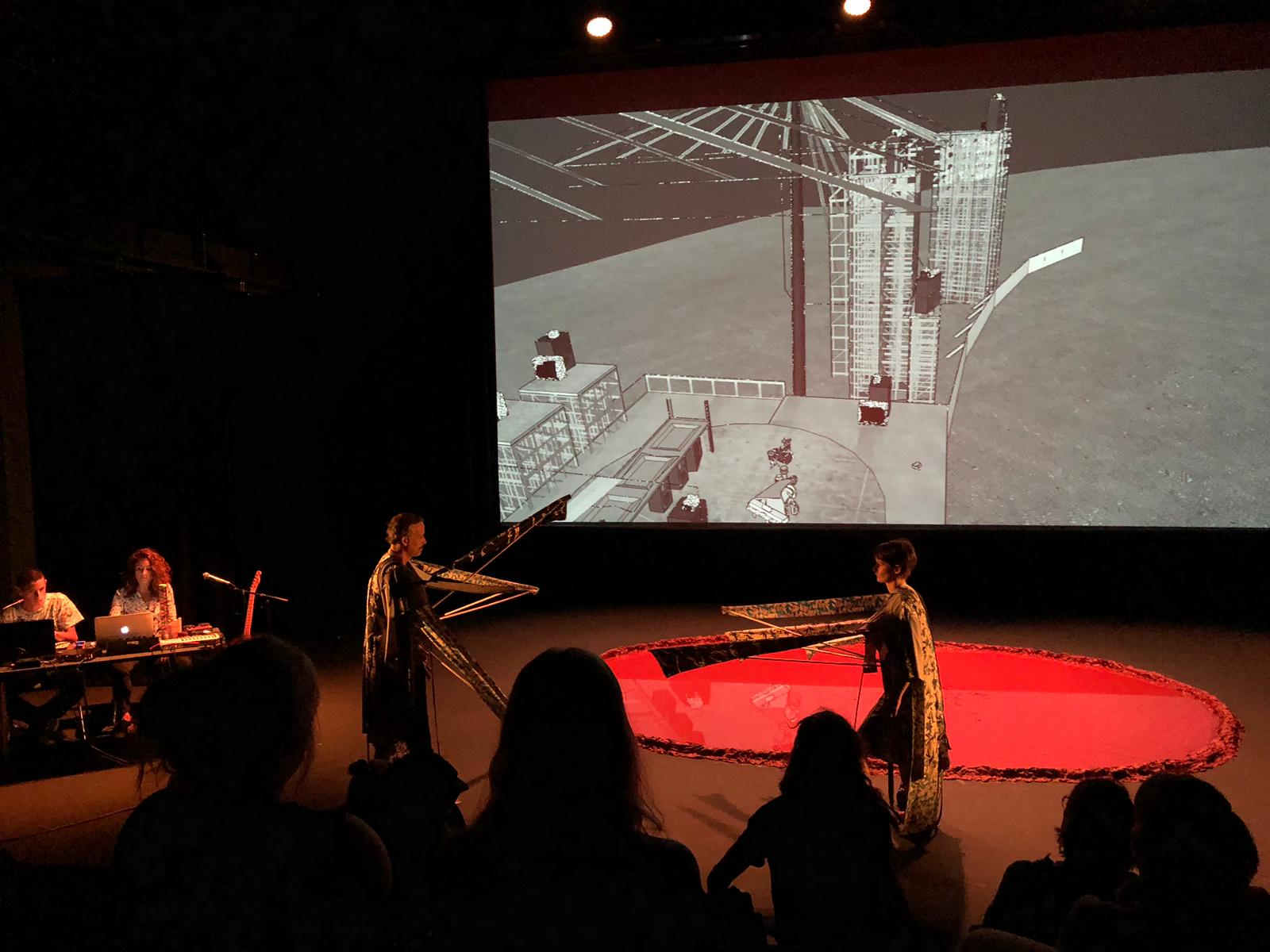
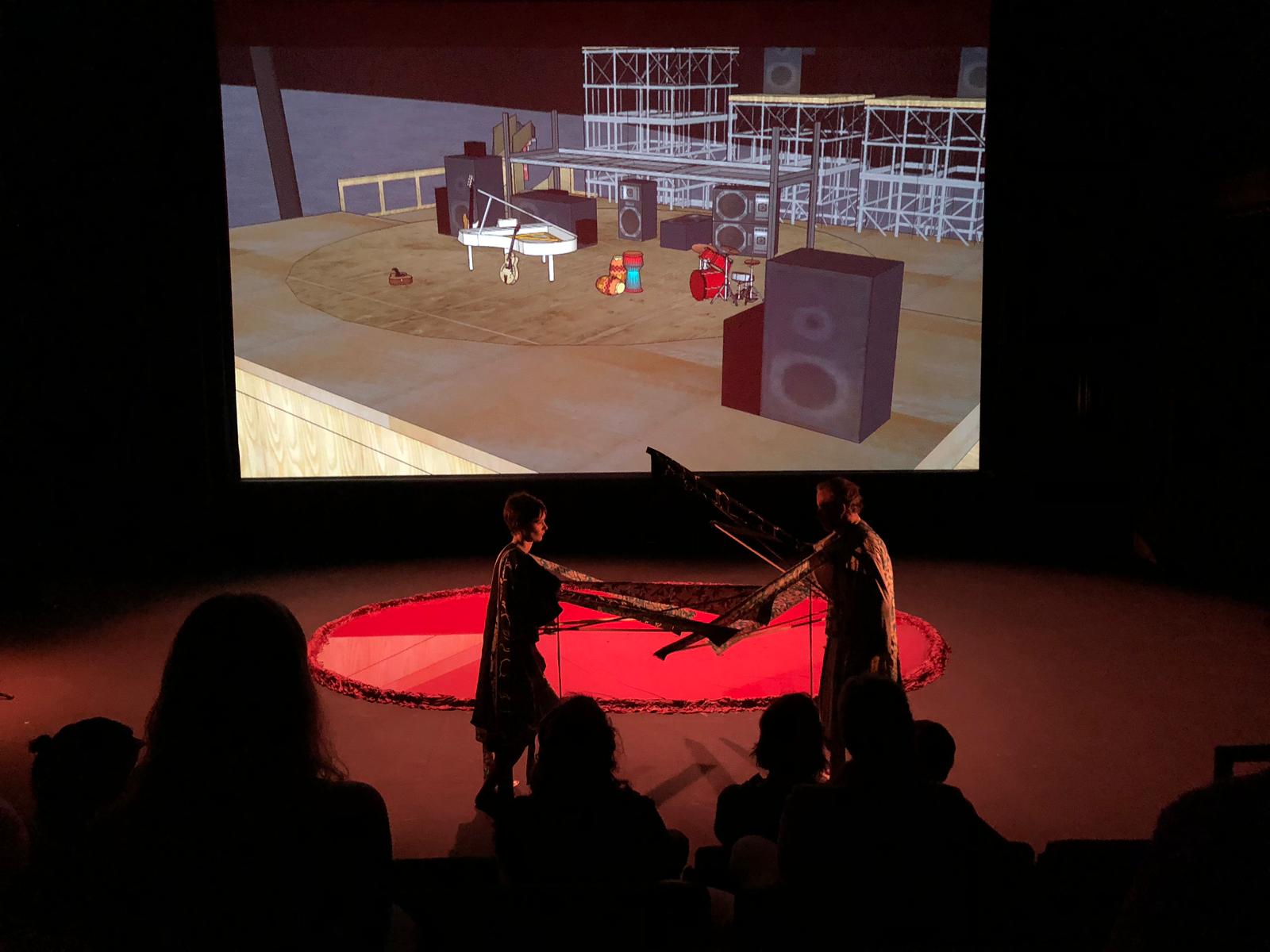
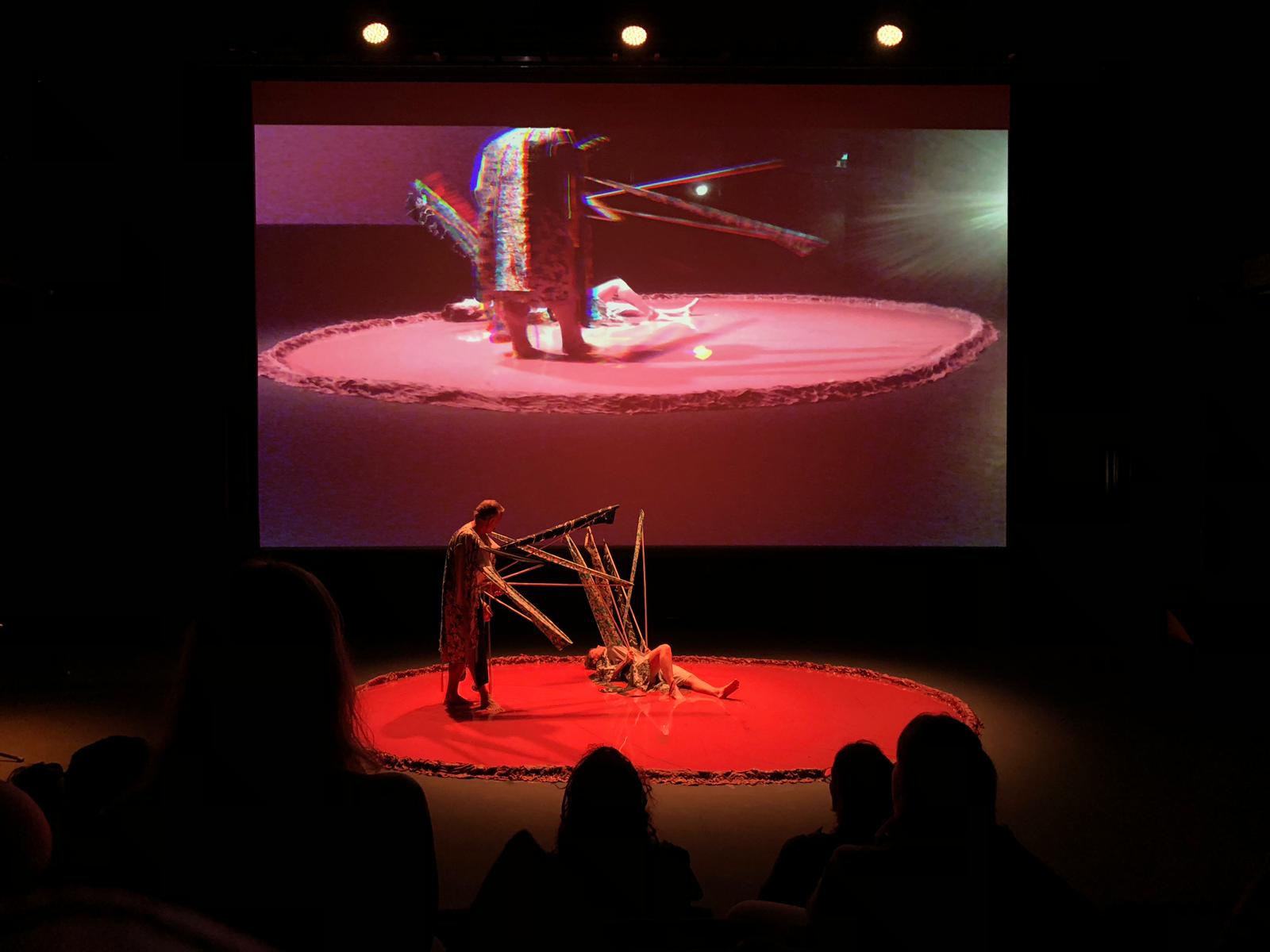

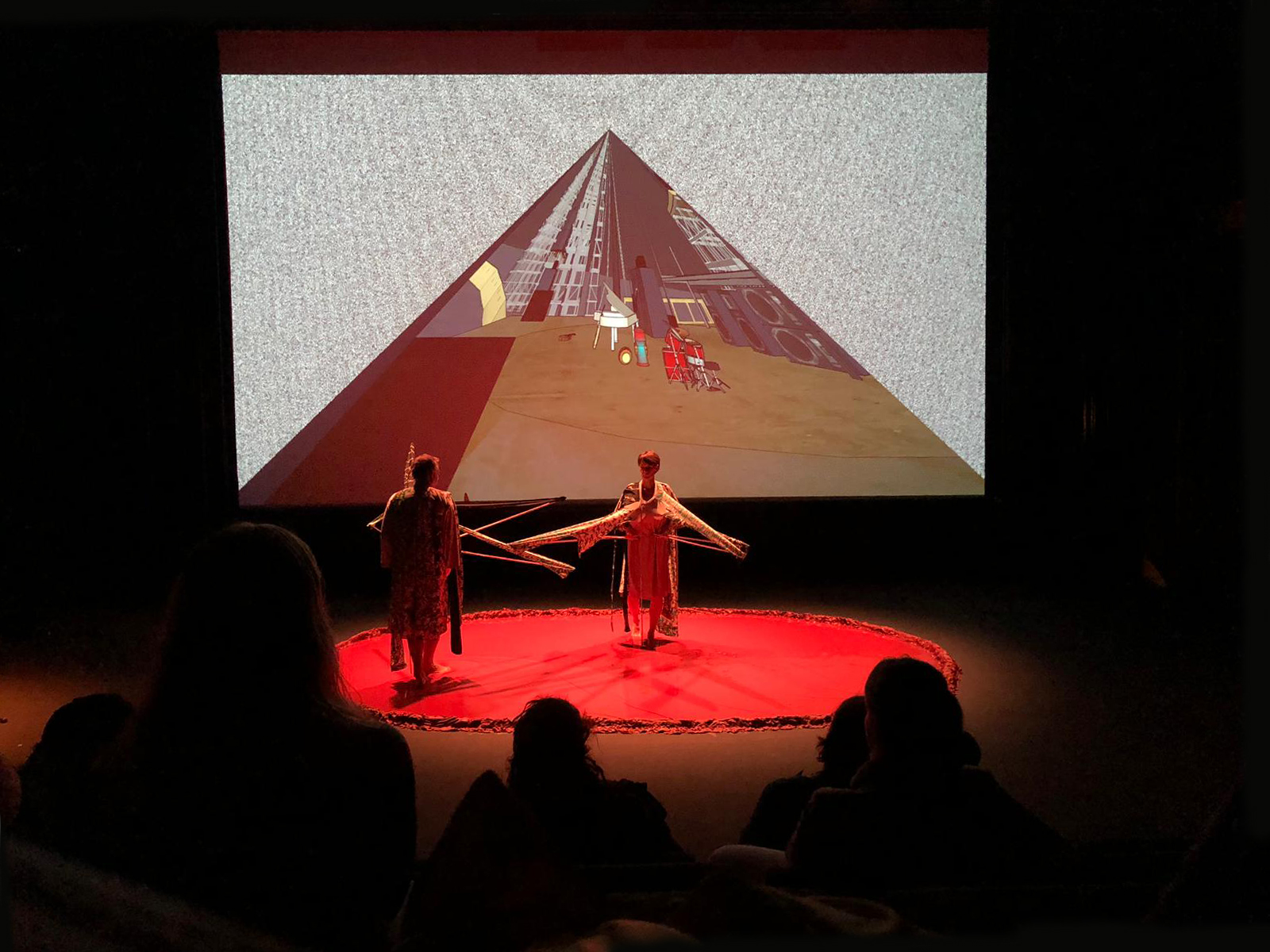
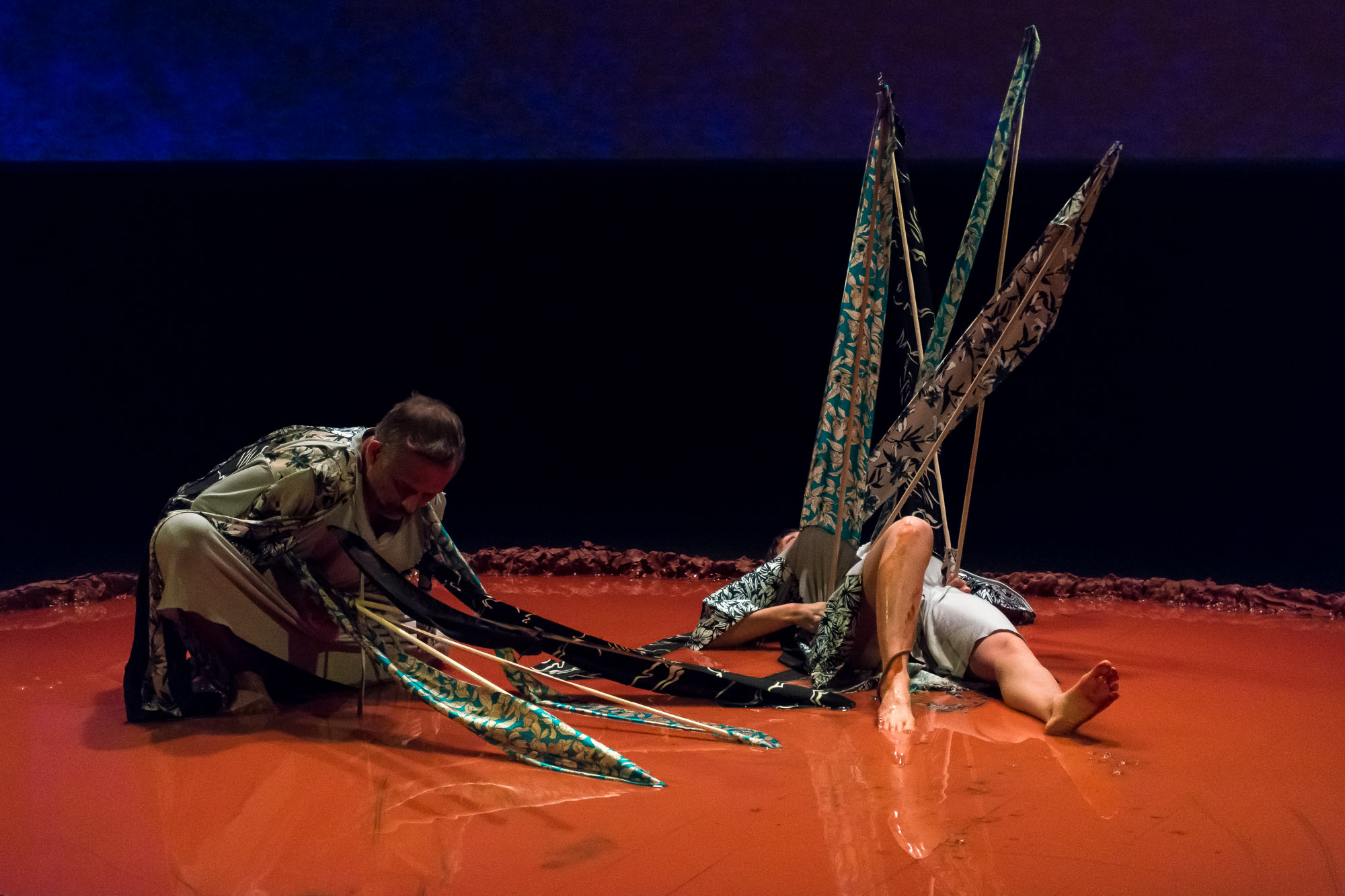
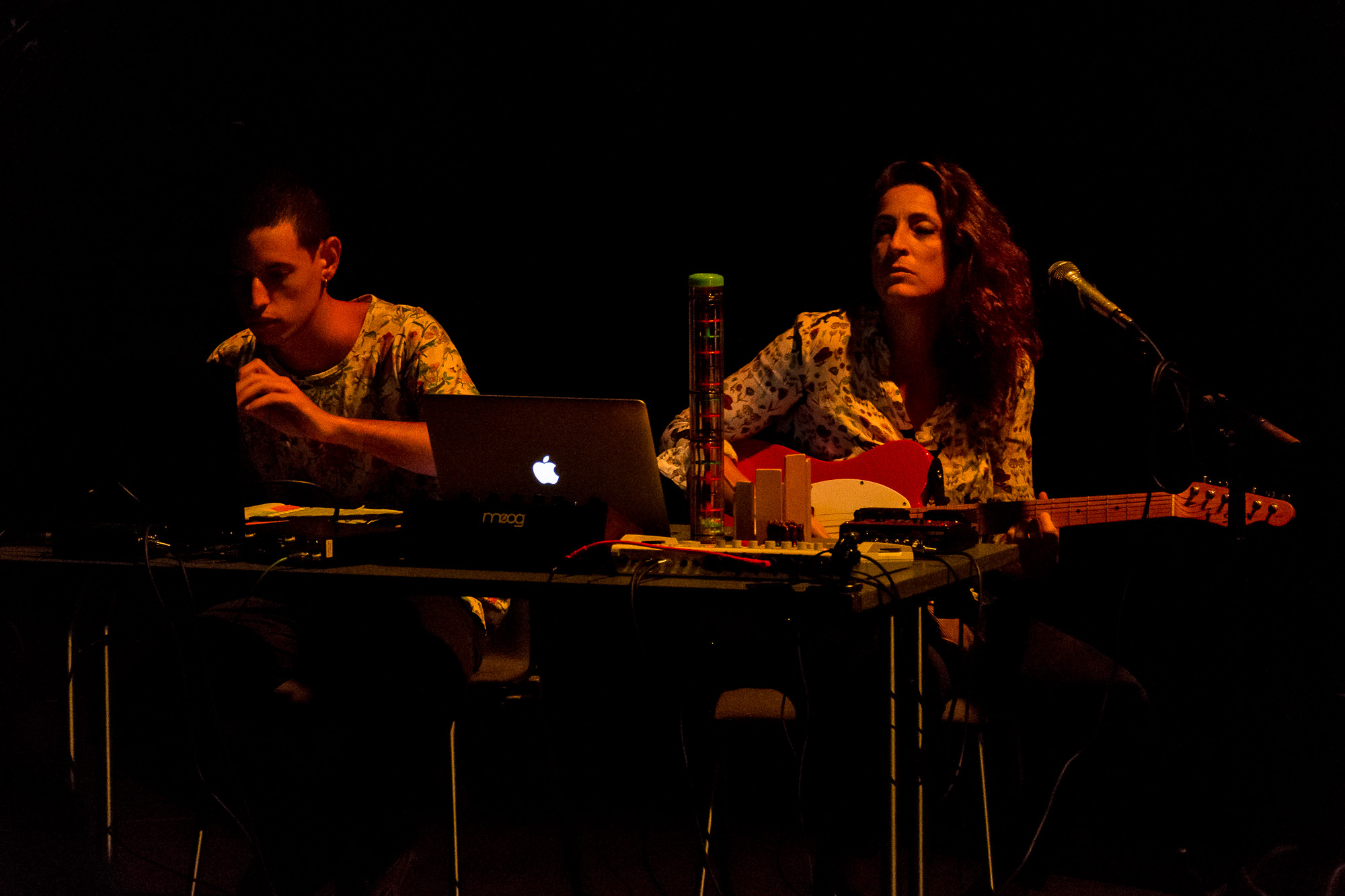

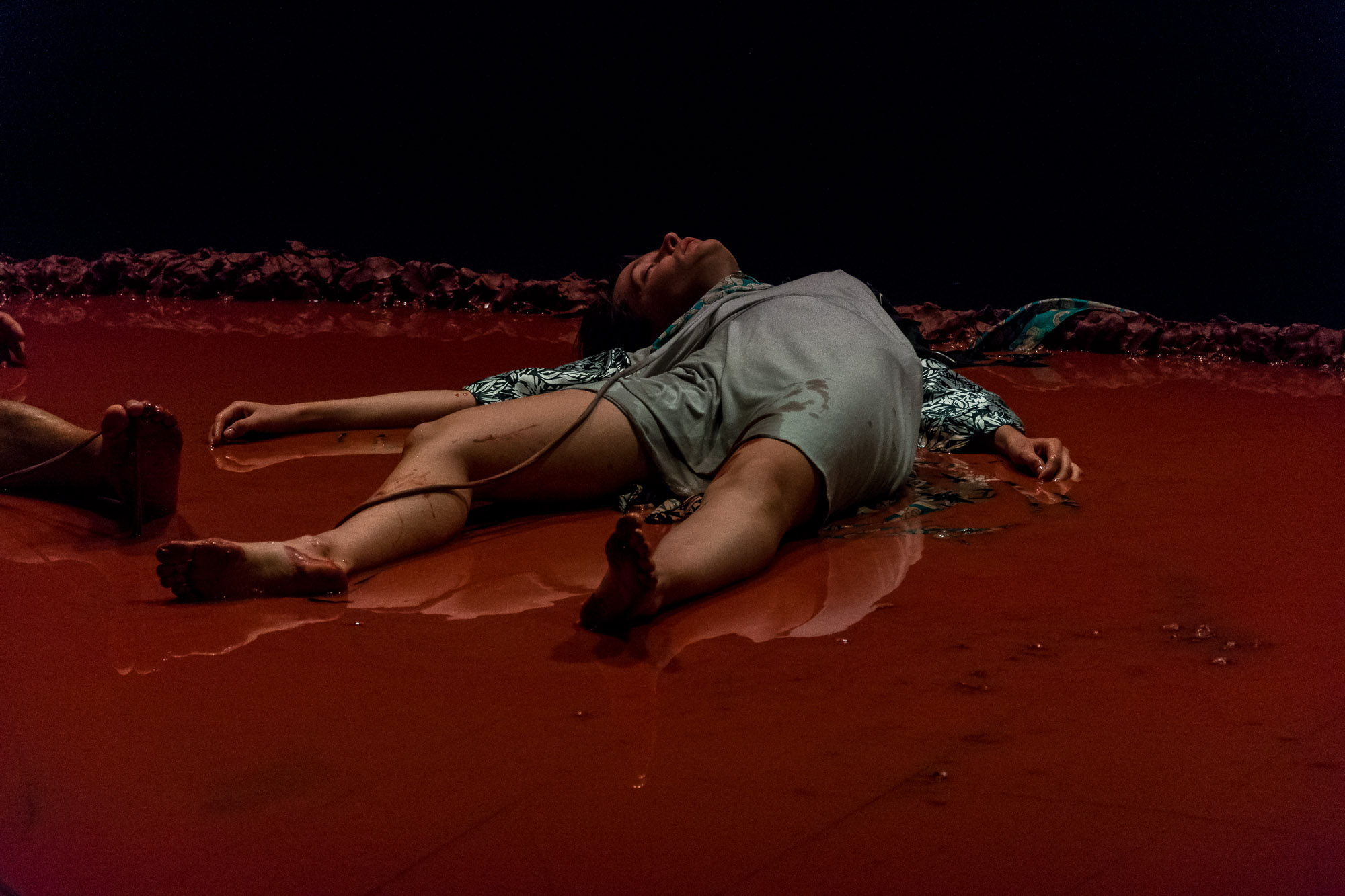

Photos by Mari Kivioja
Curated by Mike Watson, Galleria Rankka, Helsinki, Finland.
18 August 2019

The advance of history through all of its guises may be seen not as one leading to ever greater dominance of more and more persons by fewer and fewer barons. It may rather be seen as the gradual advance of surveillance: From the castle on the hill, to the town hall that employs a small body of local sheriffs to gather information, to an advanced state and police network, supported by the media, to, eventually, the Super-Panopticon.
No one is free from the surveillance machine, and, further, everyone finds themselves an operator of it. No Compulsion sees a woman partly disappearing, gradually obscured from public view within a fence, whilst beginning to acquire a panoptic view. She’s both controlled and in control, in much the same way as we control and are controlled by social media. When she gets up the sticks fall away.
Robert Pettena (visual artist) presents the 3rd collaboration with Ignazio Giordano (live VJ set), Francesca Sandroni Francesca Sandroni (live electronic music), Valeria Rugi (performer).
Watch the performance
We Have Nearly Lost Control, curated by Mike Watson, Macro Asilo, Roma.
27 October 2018
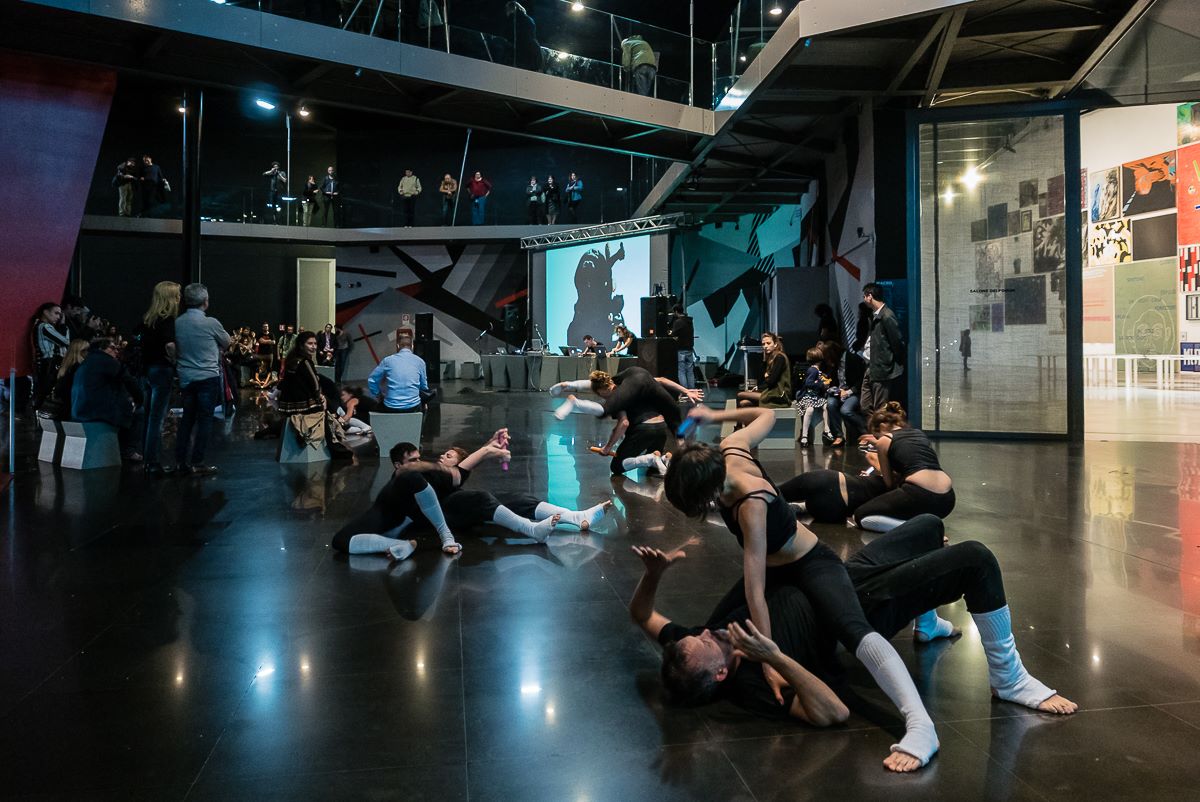
The performance in the Museo Macro was
based on a fighting game inspired by Greco-Roman wrestling, first
contested at the ancient Greek Olympic games. Eight couples took
part and each couple grappled with each other with the object of the
game being to gain possession of a relay baton which represents
knowledge, because knowledge is power. Each performer learnt a
‘move’, like the GraecoRoman moves from the original game, so that they
could stay in a position for a few minutes, then continue to wrestle until
they hold another position for a few minutes and so on. The fighting
game took place in the main hall of the Macro. As the performers
grappled with each other the close contact and sinuous movement of the
ten couples merged into a hallucinatory erotic dream sequence,
reminiscent of Antonioni’s desert scene in Zabriskie Point. But this was a
battle for knowledge, knowledge that is hard to gain, for whoever
possesses this knowledge clings to it and keeps it to themselves, trying
to prevent others from gaining it.
![]()
![]()
![]()



Video by Monkeys Video Lab (Alessio Rucchetta, Valerio Sammartino, Simone N. Valente.
Special thanks to Ignazio Giordano for the video animation, Francesca Sandroni for the live set and Valeria Rugi for the choreography assistance. Thanks to the performers: Vanessa Aguirre, Gaia Altucci, Ludovica Cadeddu, Giancarlo Chiancone, Silvia Cogotzi, Matteo Coluccia, Alice Consigli, Simone De Renzo, Cosimo Desii, Dalila Doro Mulargia, Isabella Pieroni, Priscilla Terenzi, Greta Tossani, Zoya Shokoohi.